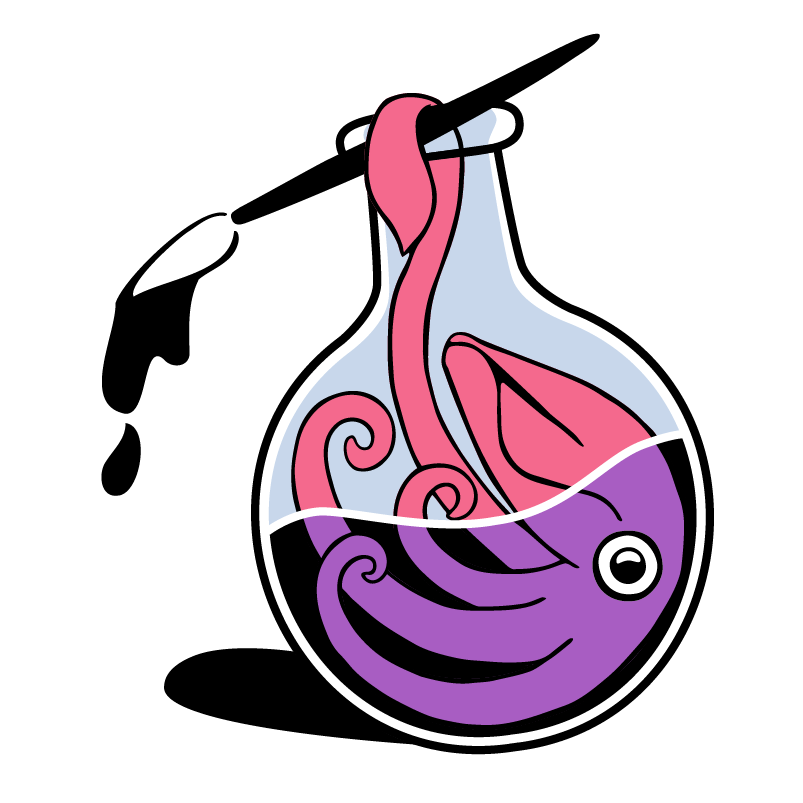Complex II - Succinate: Ubiquinone Oxidoreductase
Complex II is an important protein in both the citric acid cycle and the electron transport chain and is the only respiratory complex that does not pump H⁺ ions.
Explore the 3D structure of Complex II:
Complex II (CII) is a small protein complex composed of a hydrophobic transmembrane tail that anchors it to the inner membrane and a hydrophilic head that protrudes into the mitochondrial matrix.
A closer look at Complex II
The two electrons gained by FAD are then relayed to the three iron-sulfur [Fe-S]ₙ clusters seen above. The electrons are transferred, one at a time, to ubiquinone, which then travels through the inner membrane to CIII.
A cytochrome b protein containing a heme b group lies in the hydrophobic tail of CII. The role of heme b in the ETC is still being researched.
CII is the only protein complex in the ETC that does not pump H⁺ ions.
However, it plays an important part in the citric acid cycle (TCA), acting as the catalyst Succinate Dehydrogenase in the oxidation of succinate by FAD.
Redox Reactions of Complex II
-
In the TCA, CII catalyzes the oxidation of succinate by FAD, acting as the enzyme succinate dehydrogenase.
succinate → fumarate + 2e-
-
The oxidation of succinate by FAD forms the products fumarate and FADH₂, respectively. Two electrons are exchanged in this process.
FAD + 2e- + 2H⁺ → FADH₂
-
Electrons from FADH2 are then relayed across three iron-sulfur clusters. The iron ions in these clusters transfer the electrons one at a time, alternating between reduced (Fe²⁺) and oxidized (Fe³⁺) states.
FADH₂ → FADH + e- + H⁺
FADH → FAD + e- + H⁺
-
Ubiquinone (Q) docks in the hydrophobic tail of CII and waits for electrons from 3Fe-4S. Ubiquinone can pick up one electron at a time, forming a semiquinone radical (QH).
Q + e- + H⁺ → ·QH
-
Semiquinone is reduced, forming the fully reduced form, ubiquinol (QH₂). Ubiquinol leaves CII and travels through the inner membrane to CIII to enter the Q cycle.
·QH + e- + H⁺ → QH₂
